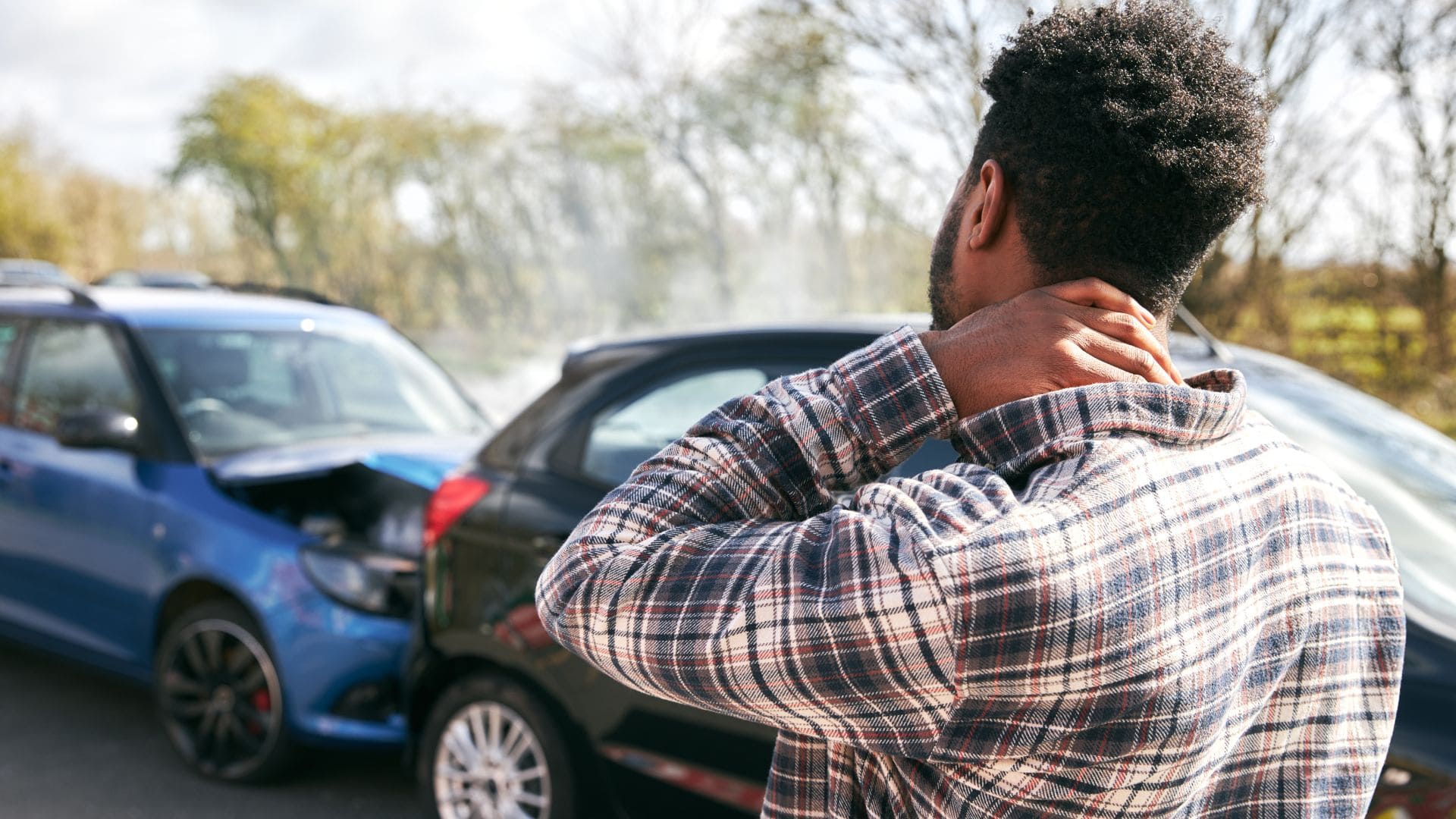
A driver runs a red light and slams into your passenger side. You’re sitting in traffic when someone plows into your rear bumper. Your car flips after hitting a pothole on I-95.
These scenarios happen to Florida drivers every day, and they represent just a few of the crashes that can leave you facing medical bills and vehicle repairs.
Here are the ten most common types of auto accidents and what you should know if you’ve suffered injuries in one.
1. Rear-End Collisions
You’re stopped at a red light when the car behind you fails to brake. Your seat pushes forward as metal crumples behind you.
Rear-end crashes are among the most common types of car accident cases that happen in Florida. According to the Department of Highway Safety and Motor Vehicles, drivers who followed too closely caused 69,742 crashes in Florida during 2023.
Stop-and-go traffic around schools, shopping centers, and construction zones creates prime conditions for these collisions. Even at lower speeds, rear-end impacts can cause painful injuries that require medical treatment.
2. T-Bone Accidents
You pull through an intersection when another car blasts through a red light and hits your passenger door. The force spins your vehicle sideways across the pavement.
Drivers who ignore right-of-way rules often cause intersection crashes. In 2023, Florida recorded 163,176 crashes tied to failure to yield, making it one of the top causes of serious accidents statewide. T-bone collisions are especially dangerous because side doors provide less protection than front or rear panels. The sideways impact often shoves vehicles into traffic signals, nearby cars, or roadside structures.
3. Side Impact Collisions
A truck changes lanes on I-75 without checking its blind spot and clips your fender. Your car spins toward the median as both vehicles lose control.
Side impact crashes happen when parallel vehicles make contact along their sides or corners. Highway lane changes in heavy traffic are a frequent cause, but they also occur in tight parking lots when drivers back out or maneuver around other vehicles.
4. Head-On Collisions
Headlights appear directly ahead on a dark country road as an oncoming driver drifts across the center line. You have only seconds before both cars collide front-to-front.
Head-on crashes cause catastrophic damage because the combined speeds multiply the force of impact. Two-lane roads without median barriers produce the majority of these collisions in Florida. Wrong-way drivers on interstates often cause the deadliest head-on crashes at highway speeds.
5. Rollover Accidents
Your SUV strikes a curb at highway speed, tips sideways, then flips completely over. The vehicle skids upside down across multiple lanes before stopping.
Rollovers occur when vehicles lose stability and overturn onto their sides or roofs. Taller vehicles, such as SUVs, pickups, and vans, are more prone to rolling over because of their higher center of gravity. Many rollovers start when drivers drift off the roadway and overcorrect while trying to steer back.
6. Multi-Vehicle Pileups
One car rear-ends another on I-4. Within seconds, five more vehicles slam into the wreckage. Each new collision pushes the mass of twisted metal farther across the highway.
Pileups begin with a single crash and expand as oncoming drivers cannot avoid the obstruction. Florida’s major interstates frequently experience these chain-reaction accidents, especially in areas with heavy truck traffic. Dense fog or sudden downpours can quickly turn a minor crash into a massive, multi-vehicle disaster.
7. Hit-and-Run Accidents
A driver blows through a stop sign, smashes into your front end, and speeds away before you can catch the license plate. You’re left with a wrecked car and no way to identify the person responsible.
Hit-and-run crashes occur when drivers flee instead of stopping to exchange information. These happen in both crowded intersections and empty parking lots. Drivers often run because they’re uninsured, impaired, or behind the wheel of a stolen vehicle.
8. High Speed Crashes
Traffic ahead stops suddenly on the Turnpike. A car flying at 85 mph plows into the line at full speed. The collision shreds multiple vehicles and scatters debris across every lane.
High-speed crashes involve cars traveling well above posted limits. Florida’s interstates and rural highways with 70+ mph limits are frequent sites of these violent collisions. The force often totals several vehicles and closes entire roadways for hours.
9. Impaired and Fatigued Driving Accidents
A car drifts across three lanes before striking you head-on. When police arrive, the driver looks dazed and disoriented.
Crashes involving impaired drivers often stem from alcohol, drugs, or prescription medications. Fatigued driving accidents arise when exhaustion leads to poor decisions or drivers falling asleep at the wheel. These situations can cause various types of auto accidents, from rear-end collisions to catastrophic head-on impacts.
10. Distracted Driving Accidents
The driver beside you looks down at their phone and drifts into your lane, clipping your mirror. Both cars swerve as you fight to stay in control.
Distracted driving occurs whenever a driver’s attention shifts from the road. Texting is a major culprit, but distractions also come from passengers, food, GPS devices, or even loose objects in the car. A few seconds of inattention are enough to trigger a serious accident.
If You’ve Suffered Any Types of Car Accident Injuries
Whether you experienced a rear-end collision, T-bone crash, or any of the other types of car accident scenarios above, you may be entitled to compensation under Florida law.
Compensation may include:
- Medical expenses and future care costs,
- Lost income or diminished earning ability,
- Repairs or replacement of a vehicle, and
- Physical pain and emotional distress.
These costs build quickly, and insurance coverage often runs out within weeks. Florida’s no-fault system pays only part of the bill. When injuries are severe, you can bring a claim against the driver who caused the crash. Insurers fight hard to limit payouts, which is why many people turn to an attorney to pursue the full value of their case.
Get Help with Your Florida Auto Accident Case
You don’t have to handle the claim alone if you suffered injuries in a crash. Tim Maranatha has over a decade of experience securing results for Florida drivers. To learn what your car accident claim may be worth and how to recover compensation, call today to set up your free consultation.



